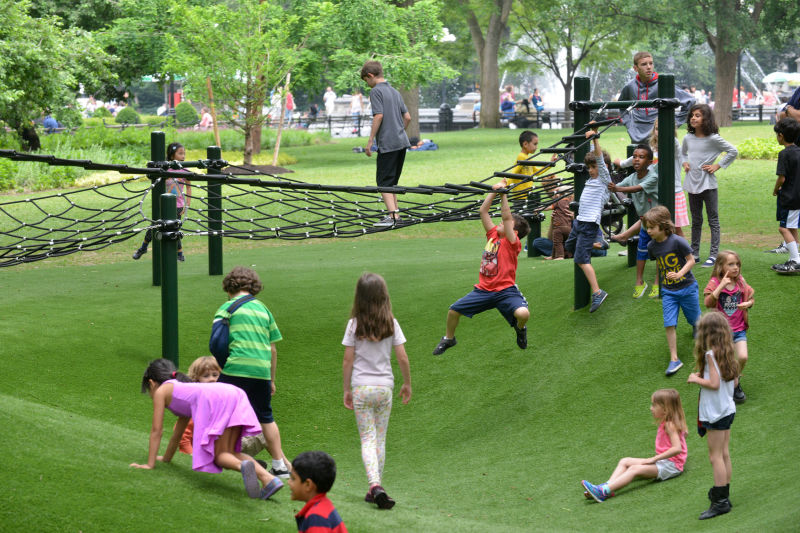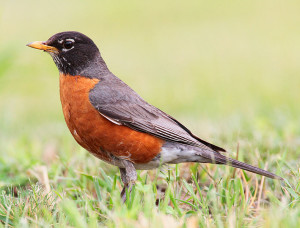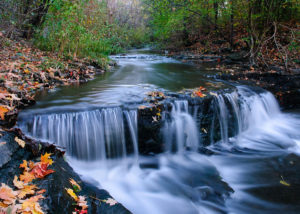
As the urban neighborhood continues to expand and towns become assimilated into cities, the need for finding green spaces become critical for mental and physical wellbeing. Earlier blog posts have explored the benefits of walking in green space is simply astounding. The benefits of being outdoors carry over for many decades and being amidst nature provides impressive healing benefits.
Recent research study shows that when kids are given regular opportunity to play in a natural setting, they experience a full array of sensual stimulation. Such stimulation supports strong cognitive development in kids. Just by watching the plants and animals, they learn about patterns and features of the natural ecosystem such as the moss, the tiny worms, the large patch of lichen and even the texture of objects rewire the brain. Wordless but deep experiential inference of life cycle in nature will also be ingrained by the kids. Touching, smelling, and even simple observations provide rich and intricate details to the children who are immersed in it. Even as they are playing, moving, they are learning and absorbing. Being in that open space, with trees to scramble off, or steep climb also offers opportunities to burn off excess energy by running and playing in the wild.
If you are not sure where to find a patch of green, find a spot of green in the schoolyard nearby. On the days when school is out, and the yard is quiet, it is possible to find many animals and birds in the schoolyard. Many neighborhoods have parks. There could be a small tree that kids could practice climbing over. An arboretum or a botanical park could be a bus ride away. Make it a family day outing with nature. Every week, if possible, engaging extended times in nature will be the good for building cumulative benefits of being outdoors. Daily opportunities to play with nature is the best way to encourage cognitive development and balance in kids.
Anyone watching kids playing during their short recess can easily see how much kids enjoy their short time in nature. They spin in circles, get dizzy and roll on the grass. They yell and holler to other friends to join them in their game. New games are invented. Rules are negotiated. Sticks become swords or even a shovel to dig. They enjoy belly laughs or test the limits of the swing. They push themselves to their limits as they brave their fears. They get out of their shyness and interact with others. Sometimes they enjoy solitude by watching floating clouds. Rain, snow, or sunshine, children rarely display inhibitions to go out and play in nature. However, this precious outdoor playtime appears to be dwindling as the years’ pass.
Experts observe that for the most part, the neurological system of a child is designed to naturally seek out the sensory input it needs. A child jumping off the rocks repeatedly may be doing it because of the readiness in the body. The child could be honing their muscles and perfecting their reflex and balance. Another child might want to spin because it feels they are ready for that sensory input. A child might express their sensory input by hanging upside down, or swing, or jump, or run, or balance, or roll at any given time. Thus, a child is the best indicator of the type of movement they need to do at any given time.

The modern school system has little space to accommodate variations in children’s need to move in different ways or provide complete simulation. Unfortunately, such unrestricted and exploratory game is not possible in indoor environments such as home or gym. Multidimensional, sensory stimulation, and complete engagement are possible only when free play is allowed. When adults step in direct the play, the type of experiences a child receives will be severely restricted.
It is up to us as adults to ensure that children get enough green space to engage in free play. Green space also contributes to the wellbeing of the population at large. A recent blog post discussed the finding of a recent study about the cumulative healing power of nature. Everyone benefits from being outdoors in nature. It can be for a short 30 minutes daily. No matter where we live, let us start the free outdoor moment today!


